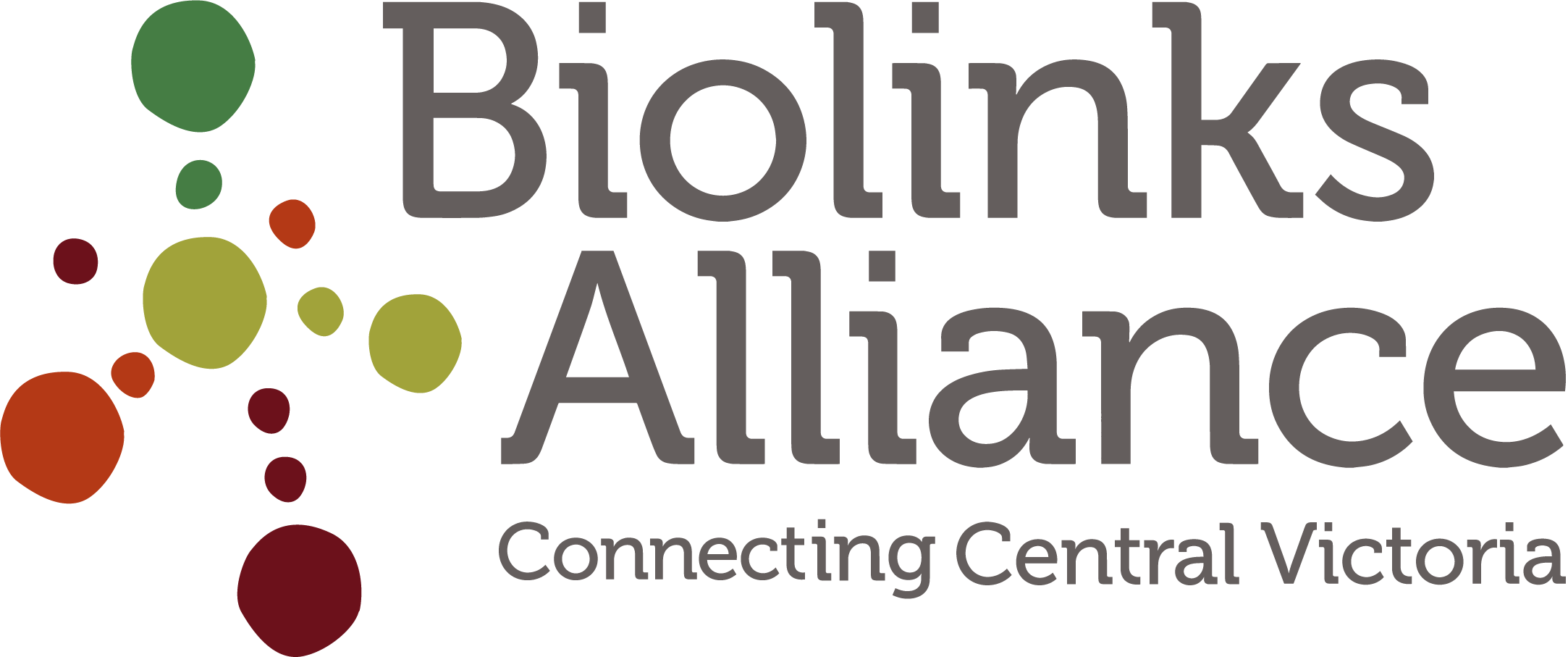Meet the Team: Dr Chris Pocknee - Biolinks Alliance Landscape and Biodiversity Ecologist
Grab a cuppa and take a moment to spend some time with one of our dedicated team members - Chris Pocknee, Landscape and Biodiversity Ecologist.
What do you do when you need to check the scientific-basis for a conservation repair intervention? Ask our team member, Chris Pocknee. He has a deep understanding of our ecosystem from the habitats of Brush-tailed Phascogales and Greater Gliders, to what needs to be done to regenerate Large Old Trees.
Always enthusiastic and helpful, with Chris on our team, our belief that we can change the future for our creatures and landscapes from tragedy to restoration feels achievable.
1. What inspires you to work with Biolinks Alliance?
The big picture approach to landscape-scale conservation. To address the ecological issues facing much of Australia, we really need this ambitious mindset to re-connect landscapes and engage local communities as stewards of their local environment.
2. What does your job entail?
Ecological monitoring design and implementation to find out how animals and their habitat respond to restoration actions. This involves wildlife surveys, habitat assessments, landholder and community engagement, data analysis and project design.
3. Is there an outcome for our environment you feel most proud of in your time with Biolinks Alliance
My involvement in the Glideways program has been particularly rewarding. Working collaboratively with representatives from the whole area we work across to formalise shared objectives for Glideways has been a big win and will benefit so many other species that use the same habitat as gliders and phascogales. Being part of survey teams confirming the presence of two important populations of Endangered squirrel gliders (in the northern Grampians and Seymour) after many years without confirmed records in both areas has been a massive privilege!
4. Why is restoring our ecosystems so important in Central Victoria and what is the urgency around this?
Central Victoria is such a modified landscape with such varied land use that biodiversity has inevitably suffered over the last 200 years. Our region still has such high biodiversity value, showing the resilience of our indigenous species, but many species have already been lost and others are in trouble. We know that healthy ecosystems have benefits beyond just biodiversity, and can have real positive impacts for agriculture as well through improving soil and waterway health, for example. Healthy ecosystems will help to buffer us from some of the impacts of climate change, while providing opportunities for declining wildlife to bounce back and possibly even bring back some of the important species that have been lost from our landscape.
5. If you were an animal, insect, or plant – what would you be and why?
Phascogale - big appetite and not good at sitting still!
6. On your days off - what do you like to do?
Unsurprisingly, I love to explore the natural world - bushwalks, camping and photographing wildlife. I'm spending a lot of my time in the garden at the moment and also love playing and watching sports.
